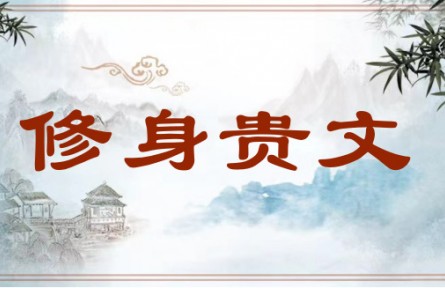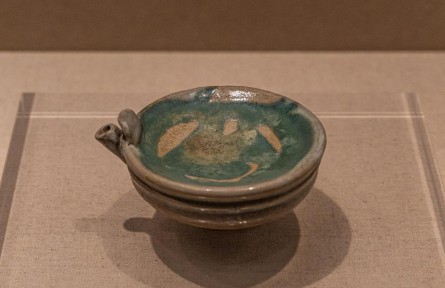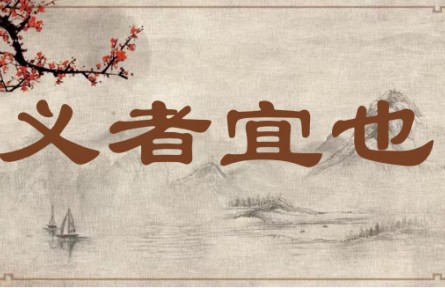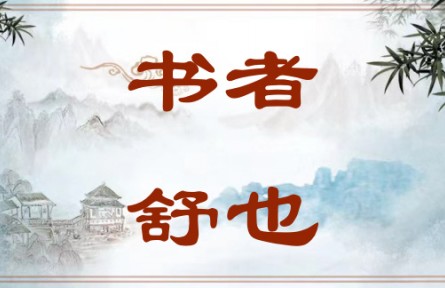心术 Xinshu (The Art of the Mind)

心的运作规则。最早见于《管子》《荀子》《礼记》等典籍。古人认为,心的作用的发挥遵循着一定的规则,这一规则即被称为“心术”。不过,各家对于“心术”具体内容的认识有所不同。“心术”或指心任使五官的原则,也指心与外物交接、认知外物的方式或态度。
This refers to the workings of the mind or heart, a term which first appeared in such classics as Guanzi, Xunzi, and The Book of Rites. In ancient times it was believed that a person's mind or heart played its role in accordance with certain laws, which were referred to this term. Nevertheless, different schools of thought had their own views on what it was about. The term also relates to how the human heart directs the movement of the five sensory organs, and the way one communicates, and identifies oneself with the outside world.
引例 Citation:
◎夫民有血气心知之性,而无哀乐喜怒之常,应感起物而动,然后心术形焉。(《礼记·乐记》)
民众有血气、心知的本性,但哀乐喜怒情绪的表现并不稳定,随着外物的刺激而感动,于是内心活动的路径就显现出来。
People have aspirations and mental alert in their nature, but the emotions of sorrow, joy, happiness and anger are not manifested in a stable manner, and react to external stimulation. That is what gives away their inner thought. (The Book of Rites)
推荐:教育部 国家语委
供稿:北京外国语大学 外语教学与研究出版社
责任编辑:钱耐安





